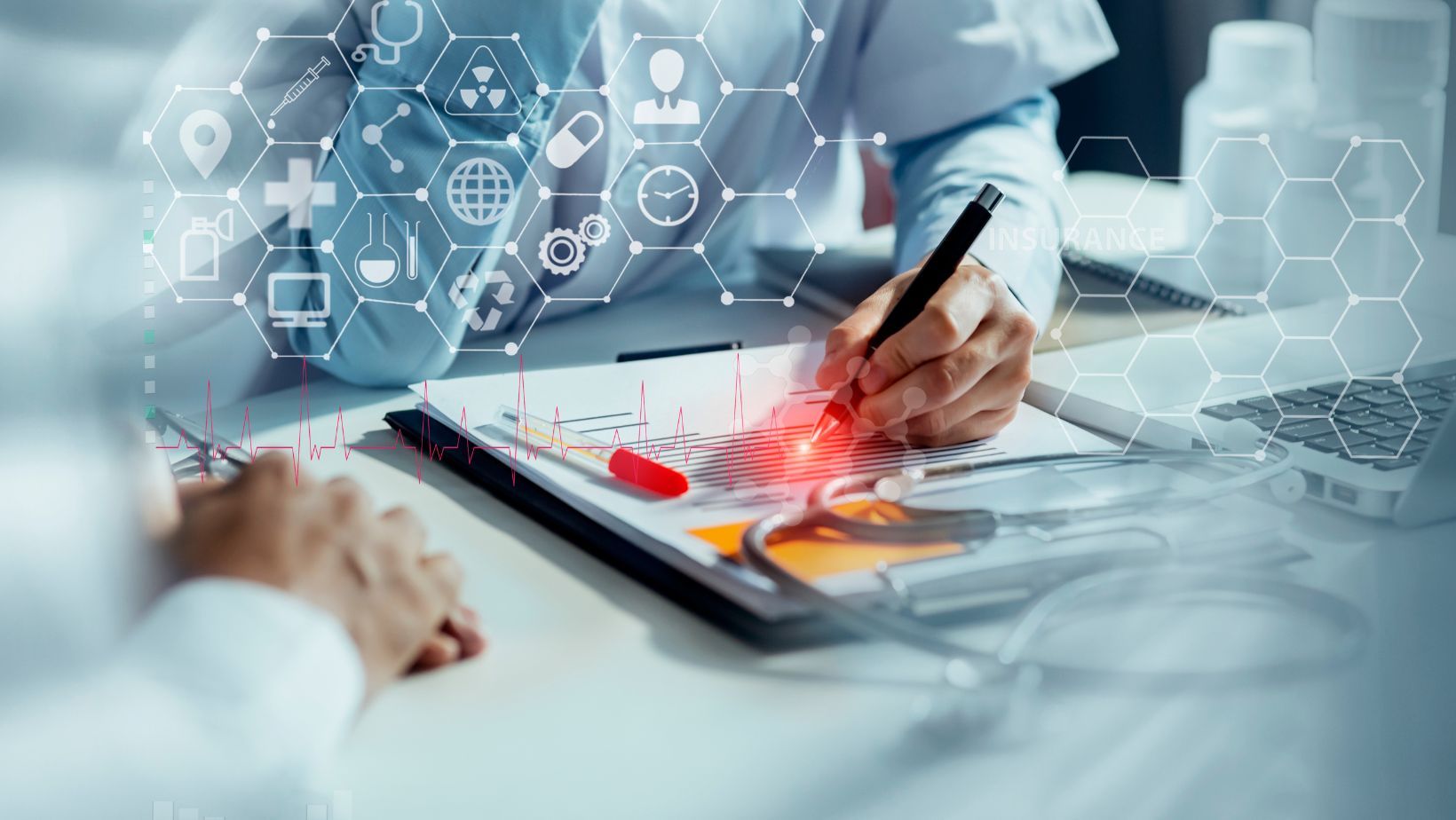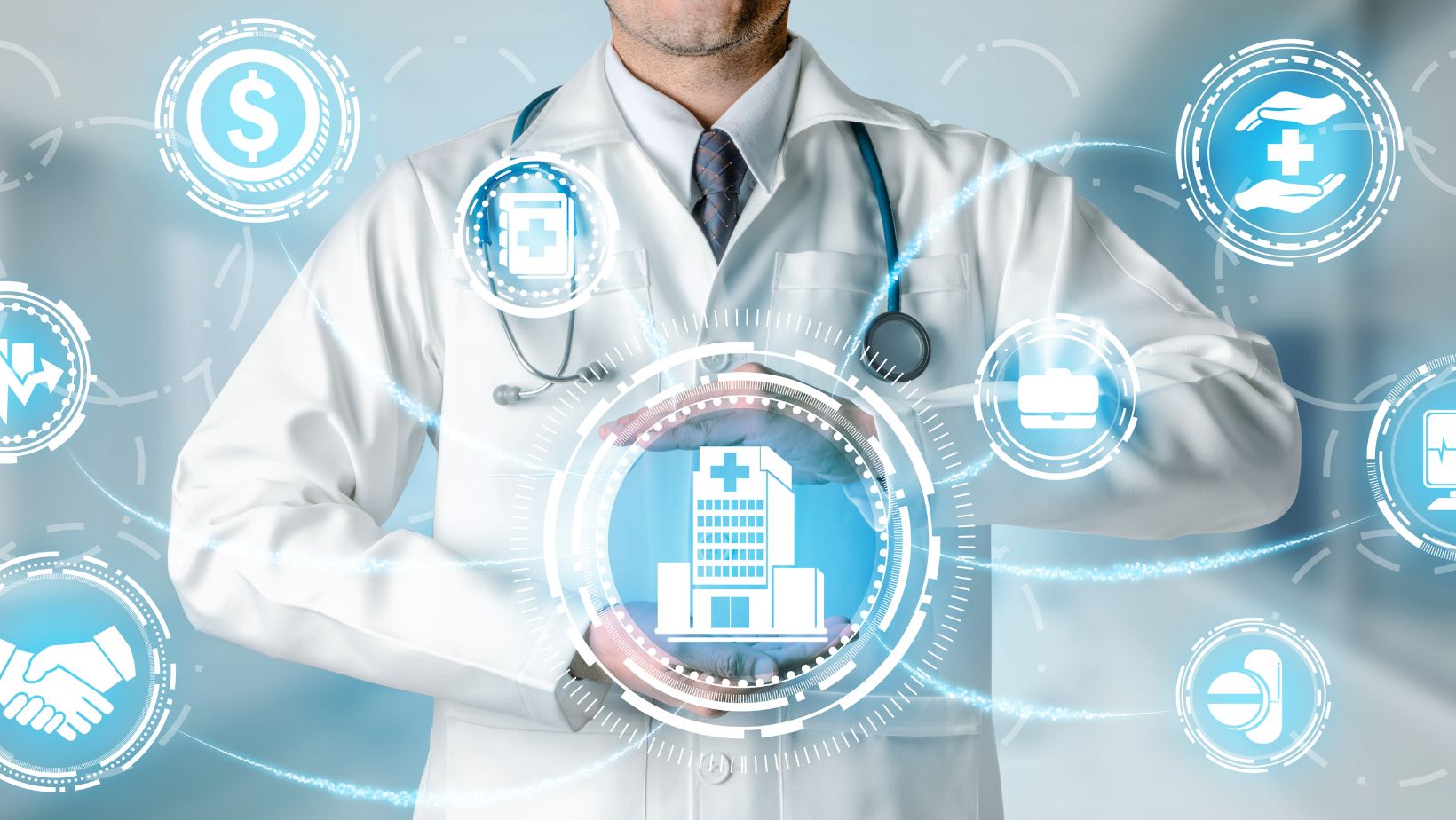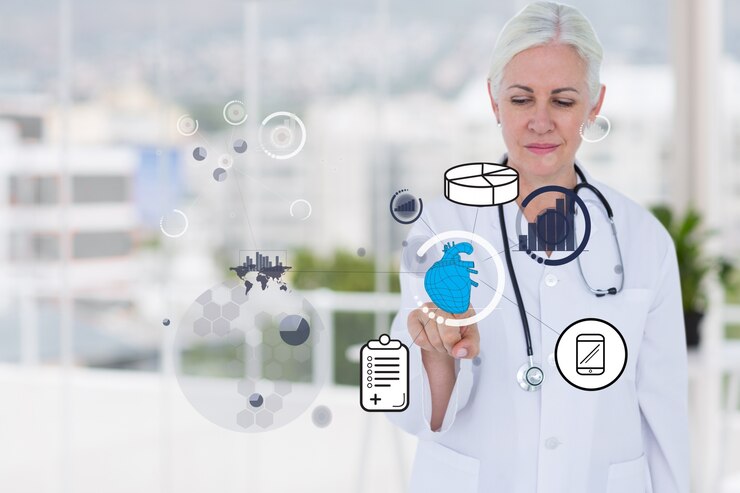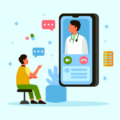The integration of the Internet of Things (IoT) in healthcare, also known as the Internet of Medical Things (IoMT), is catalyzing a profound transformation in the sector by connecting devices, systems, and services to enhance patient outcomes. IoMT encompasses a diverse array of medical devices and applications that communicate and exchange data over the internet, ranging from wearable fitness trackers to sophisticated remote patient monitoring systems. By leveraging IoMT technologies, healthcare providers can access real-time patient data, enabling timely interventions, personalized treatment plans, and proactive preventive measures.
The seamless connectivity offered by IoMT fosters greater accessibility to healthcare services, empowering patients to monitor their health remotely and participate actively in their care. However, the widespread adoption of IoMT also presents challenges such as data security and privacy concerns, interoperability issues, and regulatory compliance. Collaborating with providers of the best electronic health record EHR systems for private practice can facilitate the seamless integration of IoMT devices and data into healthcare workflows, ensuring efficient management of patient information while maintaining compliance with industry regulations.
As IoMT continues to evolve, its transformative potential in improving healthcare accessibility, personalization, and efficiency remains promising, paving the way for a more connected and patient-centric healthcare landscape.
Transforming Healthcare with IoT
IoT technology in healthcare leverages connected devices to collect, transmit, and analyze data, offering a new dimension to patient care.

These interconnected devices enable healthcare providers to monitor patients in real-time, offering insights that were previously unattainable through traditional healthcare methods.
Key Applications of IoT in Healthcare
- Remote Patient Monitoring (RPM): RPM devices allow healthcare providers to monitor patients’ health data from a distance, enabling timely intervention before a condition worsens. This is particularly beneficial for managing chronic diseases such as diabetes, heart disease, and asthma.
- Wearable Health Monitors: Devices like smartwatches and fitness bands track vital signs such as heart rate, sleep patterns, and activity levels, encouraging individuals to maintain a healthy lifestyle and providing valuable data to healthcare providers.
- Smart Implants: Devices such as pacemakers or insulin pumps can now be connected to the internet to provide real-time data monitoring and automatic adjustments based on the patient’s condition.
- Asset Tracking and Management: IoT technology is used in hospitals to track the location and status of medical equipment, reducing inventory mismanagement and increasing operational efficiency.
Benefits of IoT in Healthcare
Enhanced Patient Care
IoT devices provide continuous monitoring of patient health, leading to early detection of potential health issues and timely interventions. This proactive approach significantly improves patient outcomes and reduces the need for emergency hospital visits.
Personalized Treatment Plans
The data collected by IoMT devices enable healthcare providers to tailor treatment plans to the individual needs of patients, enhancing the effectiveness of medical interventions and improving patient satisfaction.
Increased Access to Healthcare Services
IoT technology facilitates telemedicine and remote patient monitoring, making healthcare services more accessible, especially to individuals in remote or underserved areas.
Improved Efficiency and Cost Savings
IoT applications in healthcare streamline operational processes, reduce manual tasks, and optimize resource allocation, leading to significant cost savings for healthcare institutions and patients alike.
Challenges and Considerations
Despite the potential benefits, the widespread adoption of IoT in healthcare is not without challenges.
Data Privacy and Security
The collection and transmission of health data through connected devices raise significant privacy and security concerns.

Ensuring the confidentiality, integrity, and availability of patient data is paramount to maintaining trust and compliance with regulatory requirements.
Interoperability
The seamless integration of various IoT devices and systems remains a challenge, with issues related to compatibility, data standards, and communication protocols. Achieving interoperability is crucial for maximizing the potential of IoMT.
Scalability
As the number of connected devices grows, healthcare systems must be able to scale their infrastructure to manage the increasing volume of data effectively, without compromising performance or security.
Regulatory Compliance
Healthcare is a highly regulated sector, and IoMT devices must comply with stringent regulatory standards to ensure safety and efficacy. Navigating the complex regulatory landscape can be a significant hurdle for IoMT innovators.
The Future of IoT in Healthcare
The future of IoT in healthcare promises even greater advancements and innovations. Emerging technologies such as artificial intelligence (AI), blockchain, and 5G are set to enhance the capabilities of IoMT devices, offering more sophisticated data analysis, improved security, and faster, more reliable connectivity. These advancements will further personalize patient care, improve chronic disease management, and expand access to healthcare services.
Moreover, as patients become more engaged in their health through IoMT devices, the patient-provider relationship will evolve, fostering a collaborative approach to health management. The integration of patient-generated health data with electronic health records (EHRs) will provide a more comprehensive view of patient health, enabling more informed decision-making and better health outcomes.
Conclusion
IoT in healthcare is at the forefront of transforming patient care, offering a future where healthcare is more personalized, accessible, and efficient. The connectivity and data provided by IoMT devices empower both patients and healthcare providers, leading to improved health outcomes and a better quality of life. However, to fully realize the potential of IoT in healthcare, the challenges of data privacy, security, interoperability, and regulatory compliance must be addressed. As the healthcare sector continues to navigate these challenges, the promise of IoMT remains clear: a connected healthcare ecosystem that prioritizes patient outcomes and leverages technology to provide care that is truly patient-centered. With ongoing advancements and collaboration among stakeholders, the future of IoT in healthcare is bright, heralding a new era of innovation and improved patient care.
An Occupational therapist, freelance content writer and more importantly a stay-at-home mom, Sara, like all other parents juggles her many roles. Her passion for writing combined with her professional expertise as an Occupational therapist (working with children with special needs) has helped her craft content specific to child health, wellness and learning skills. At present, Sara alternates her time between raising her two young children, and writing about what she knows best- children!





